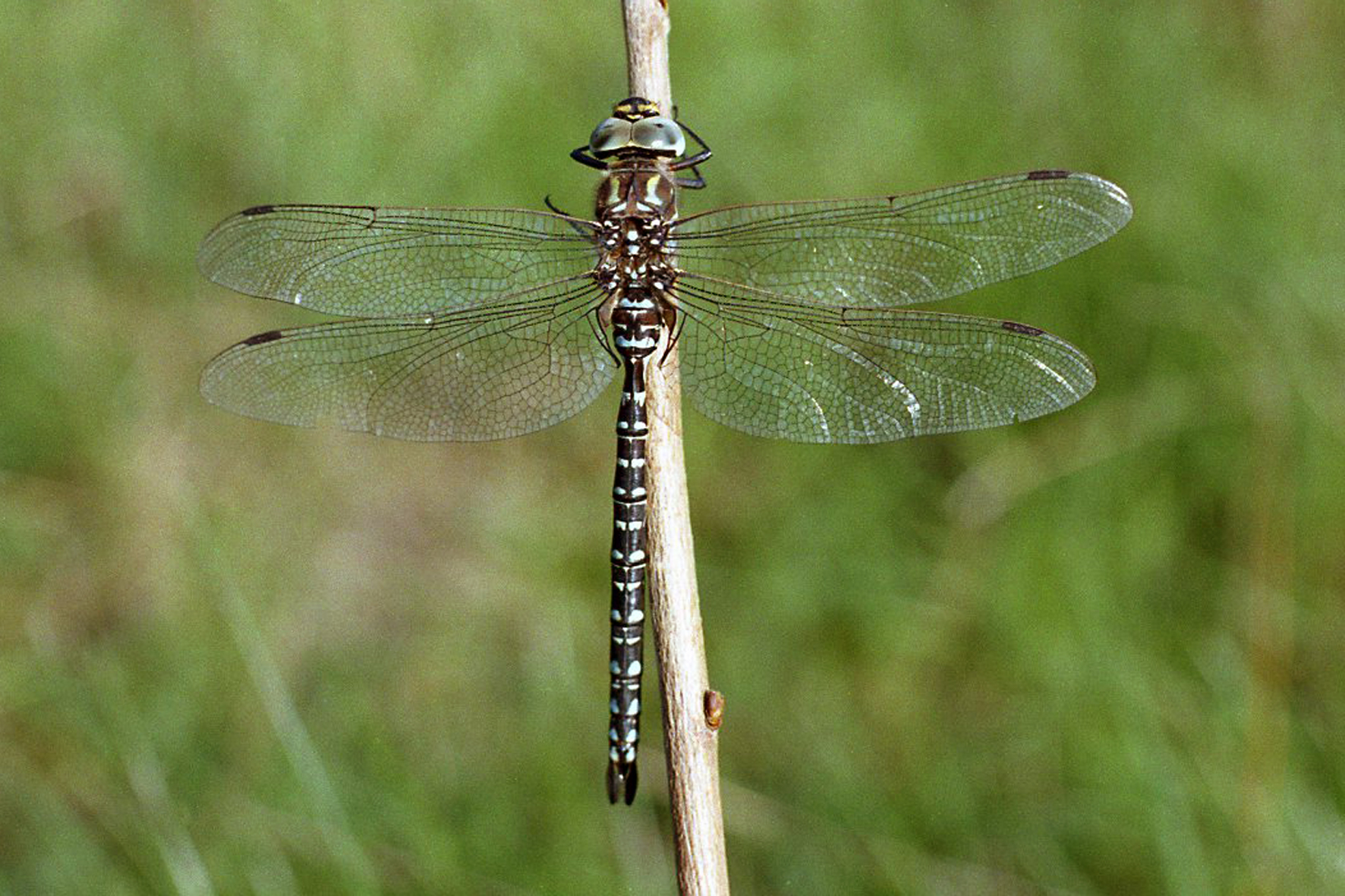|
Aeshna Subarctica
''Aeshna subarctica'', the subarctic darner, is a species of darner in the family Aeshnidae. It is found in Europe and Northern Asia (excluding China) and North America. The IUCN conservation status of ''Aeshna subarctica'' is "LC", least concern, with no immediate threat to the species' survival. The population is stable. Subspecies These two subspecies belong to the species ''Aeshna subarctica'': * ''Aeshna subarctica elisabethae'' Djakonov, 1922 * ''Aeshna subarctica subarctica'' Walker, 1908 i g Data sources: i = ITIS, c = Catalogue of Life, g = GBIF, b = Bugguide.net References Further reading * * * * * * * * External links * Aeshnidae Articles created by Qbugbot Insects described in 1908 {{Aeshnidae-stub ... [...More Info...] [...Related Items...] OR: [Wikipedia] [Google] [Baidu] |
Darner
The Aeshnidae, also called aeshnids, hawkers, or darners, is a family of dragonflies. The family includes the largest dragonflies found in North America and Europe and among the largest dragonflies on the planet. Description Common worldwide or nearly worldwide genera are ''Aeshna'' and ''Anax (dragonfly), Anax''. The African ''Anax tristis'' has a wingspan over 125 mm, making it one of the world's largest known dragonflies. There are 41 North American species in 11 genera in this family. Most European species belong to ''Aeshna''. Their American name "darner" stems from the female abdomens looking like a sewing needle, as they cut into plant stem when they lay their eggs through the ovipositor. The dragonflies mate in flight. The Egg (biology), eggs are deposited in water or close by. The larvae (Nymph (biology), nymphs or naiads) are generally slender compared to those of other families, with a long and flat extensible lower lip (labium). The larvae are aquatic predators, ... [...More Info...] [...Related Items...] OR: [Wikipedia] [Google] [Baidu] |
Aeshnidae
The Aeshnidae, also called aeshnids, hawkers, or darners, is a family of dragonflies. The family includes the largest dragonflies found in North America and Europe Europe is a large peninsula conventionally considered a continent in its own right because of its great physical size and the weight of its history and traditions. Europe is also considered a Continent#Subcontinents, subcontinent of Eurasia ... and among the largest dragonflies on the planet. Description Common worldwide or nearly worldwide genera are ''Aeshna'' and ''Anax (dragonfly), Anax''. The African ''Anax tristis'' has a wingspan over 125 mm, making it one of the world's largest known dragonflies. There are 41 North American species in 11 genera in this family. Most European species belong to ''Aeshna''. Their American name "darner" stems from the female abdomens looking like a sewing needle, as they cut into plant stem when they lay their eggs through the ovipositor. The dragonflies mate in fligh ... [...More Info...] [...Related Items...] OR: [Wikipedia] [Google] [Baidu] |
Aeshna Subarctica M
''Aeshna'', or the mosaic darners, is a genus of dragonflies from the family Aeshnidae. Species within this genus are generally known as "hawkers" (Old World) or "darners" (New World). Description These are relatively large dragonflies. Their thoraces and abdomens are brown in color, with blue or yellow stripes or spots on the thorax, and yellow, blue or green spots on the abdomen. Natalia von Ellenrieder's 2003 paper demonstrated that the Holarctic and Neotropical species placed in this genus did not share a common ancestor, and proposed the latter be placed in the genus ''Rhionaeschna''. The name ''Aeshna'' was coined by the Danish entomologist Fabricius in the 18th century. The name may have resulted from a printer's error in spelling the Greek ''Aechma'', "a spear". The spelling ''Aeschna'' has been intermittently used over a period of time, but is now abandoned for the original name ''Aeshna''. However, derived genus names (such as ''Rhionaeschna'') retain the 'sch' ... [...More Info...] [...Related Items...] OR: [Wikipedia] [Google] [Baidu] |
Aeshna Subarctica
''Aeshna subarctica'', the subarctic darner, is a species of darner in the family Aeshnidae. It is found in Europe and Northern Asia (excluding China) and North America. The IUCN conservation status of ''Aeshna subarctica'' is "LC", least concern, with no immediate threat to the species' survival. The population is stable. Subspecies These two subspecies belong to the species ''Aeshna subarctica'': * ''Aeshna subarctica elisabethae'' Djakonov, 1922 * ''Aeshna subarctica subarctica'' Walker, 1908 i g Data sources: i = ITIS, c = Catalogue of Life, g = GBIF, b = Bugguide.net References Further reading * * * * * * * * External links * Aeshnidae Articles created by Qbugbot Insects described in 1908 {{Aeshnidae-stub ... [...More Info...] [...Related Items...] OR: [Wikipedia] [Google] [Baidu] |
Articles Created By Qbugbot
Article often refers to: * Article (grammar), a grammatical element used to indicate definiteness or indefiniteness * Article (publishing), a piece of nonfictional prose that is an independent part of a publication Article may also refer to: Government and law * Article (European Union), articles of treaties of the European Union * Articles of association, the regulations governing a company, used in India, the UK and other countries * Articles of clerkship, the contract accepted to become an articled clerk * Articles of Confederation, the predecessor to the current United States Constitution *Article of Impeachment, a formal document and charge used for impeachment in the United States * Articles of incorporation, for corporations, U.S. equivalent of articles of association * Articles of organization, for limited liability organizations, a U.S. equivalent of articles of association Other uses * Article, an HTML element, delimited by the tags and * Article of clothing, an i ... [...More Info...] [...Related Items...] OR: [Wikipedia] [Google] [Baidu] |


